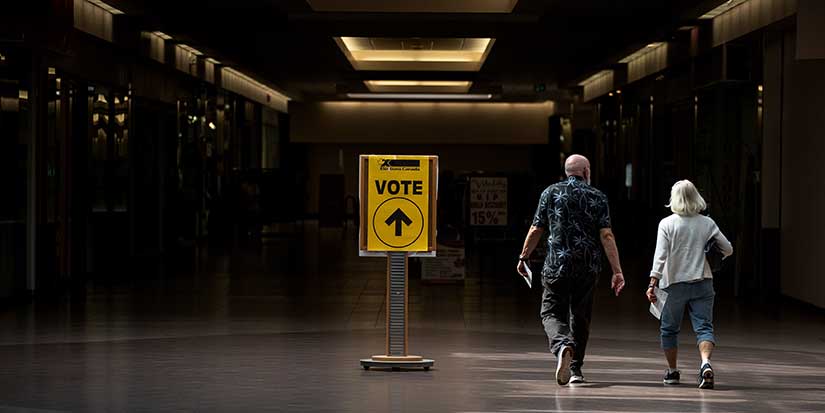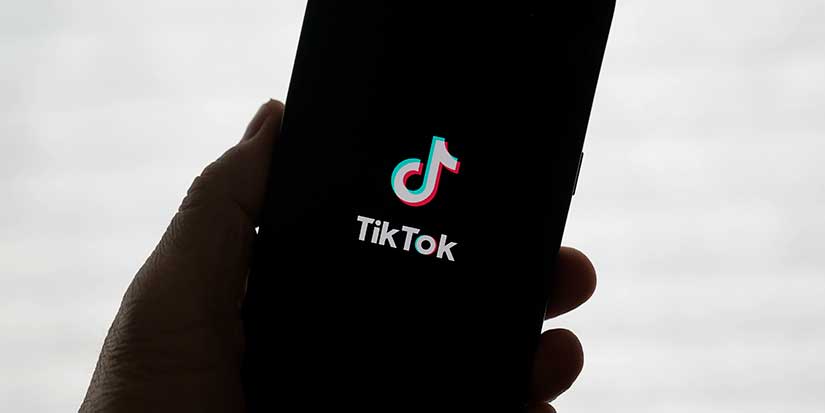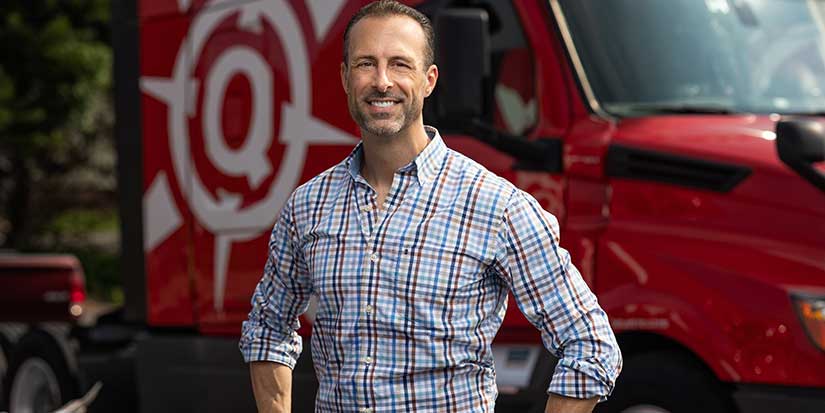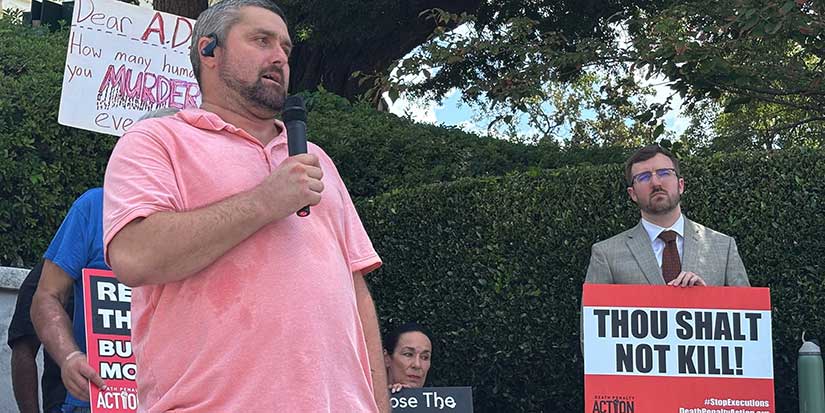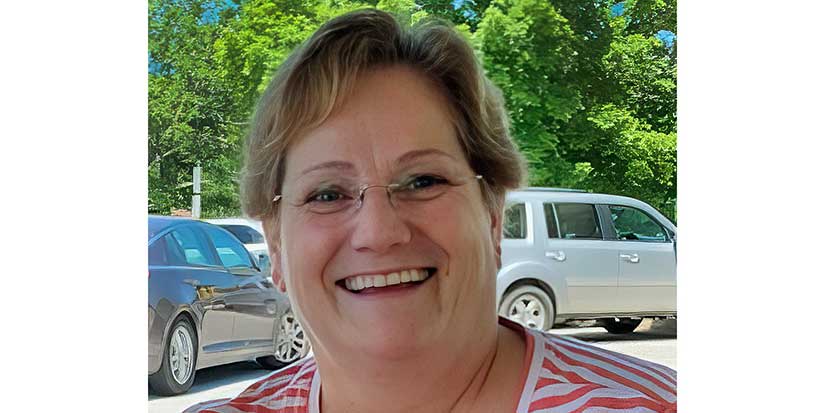Latest News
Orange Shirt Day
Published 4:39 PDT, Fri September 28, 2018
Last Updated: 2:12 PDT, Wed May 12, 2021
Officially, Orange Shirt Day in Canada is Sept. 30 every year. Because it falls on a Sunday this year, schools are observing
this day of learning and reflection early. The day commemorates all the
children in Canada forcibly removed from their homes, families, communities and
cultures. Schools throughout Richmond observed Orange Shirt Day with a variety
of projects and assemblies.
Manoah Steves Elementary in Steveston
observed Orange Shirt day on Thursday, Sept 27 with a special assembly facilitated
by Lynn Wainwright, an Anishinaabe educational advisor to the Richmond School
District. Billing herself
Wainwright’s able assistant for all things audiovisual, Jessica Eguia from Peru’s
Apurimac region in the Andes brought grace and tech ability to the
morning.
The observances began with Wainwright’s
drumming, a heart beat for the time shared. She showed the children her drum,
asking questions, saying, “My important point and an important part of my
teachings, it is made of two things that used to have a life. When we bring
them together to create songs, we also create a new life.”
Acknowledging the school sits on the
traditional, unceded territory ofthe Musqueam, Wainwright continued, showing, telling and asking the
children about the impact of residential schools on Indigenous children,
families and communities. Talking about the disconnect from culture and parents
that has such long tentacles, reaching through generations, she spoke of
generations of children raised away from their parents who loved them, their
grandparents who cherished them and their communities who missed them.
A teacher for 25 years, Wainwright pointed
out that parents who resisted the government’s seizure of their children were
jailed. It was the law.
She spoke of the disconnection from their
roots that continues. When Wainwright mentioned that she didn’t learn her
Anishinaabe name until she was an adult, there was a gasp from one of the
students.
Wainwright spoke of what residential schools
have cost her family; her grandmother, her mother and her oldest sister who
were taken from their families and incarcerated in a residential school.
Many in these schools were underfed and
brutalized. Those leaving in their mid-teens usually only had the equivalent of
a Grade 3 education which left them with no marketable skills and poor job
prospects. They didn’t know their families, their language or their traditions.
Her family lived with the consequences of generations of parents who had been
robbed of a childhood home-life.
According to David Sadler, spokesperson for the Richmond School District, “Orange Shirt Day was created during the St. Joseph Mission Residential School Commemoration Project in Williams Lake, BC, in May 2013. As part of the project, former student, Phyllis (Jack) Webstad, told the story of her first day at Residential School when her shiny new orange shirt, bought by her grandmother, was taken from her as a six-year old girl.” Webstad never saw the shirt again. Everything she had was taken from her that first day of school.
Today, all children and adults wear an orange
shirt to recognize the loss endured by all the children stolen away by the
government. The bright shirts also recognize the strength and resilience of
residential school survivors. Over at Hugh Boyd Secondary, the students learned
of Residential Schools’ impact in a variety of ways.
“There has been strong staff and student buy
in with the purchasing of many orange shirts, as well as a wide range of
creative school initiatives,” says teacher, Michael Taylor.
Boyd activities organized by their Social
Justice 11/12 class included, orange sticky notes placed on every 25th locker
in acknowledgement of the statistic that at least one in every 25 Indigenous
students died at residential school, never to see their families again.
There were also large orange shirt
silhouettes displayed in Boyd’s main lounge where students from Social Studies
classes could write and post messages for Residential School survivors. The
student body all received orange ribbons to wear and the daily announcements
featured a fact a day throughout the week-long awareness campaign.
This was coupled with large-scale posters
throughout Boyd and the Socials
teachers’ Residential School lessons. There was a time when gatherings
of more than a few Indigenous people were banned in Canada. Doing so, risked
arrest. It was all perfectly legal. Today children and adults from all
backgrounds can gather, learn, and remember as they did at Manoah Steves
Elementary, Hugh Boyd Secondary and throughout Canada. Wainwright said, “When
we move forward in the new relationship, our young people have such an
important part to play in that relationship.”
Stating that these children are the first
generation growing up knowing about Residential Schools and their impact,
Wainwright ended the assembly with a video made by the young people in the
northern Indigenous community of Bella Coola saying, “I am going to end my
presentation with a positive message from young people up north, a song, ‘We
are Medicine.’ Sometimes medicine
is not just what we take when we are sick. Our good medicine is also knowing
our songs.”
The students sat rapt—watching, hearing and
feeling.
Speaking of both Indigenous and
non-indigenous people in our land, Wainwright said, “I hope for healing for
ourselves and healing for our nation by sharing this.”
Sadler said, “Our work in advancing
reconciliation is helping to build a stronger and healthier Canada.”
Wainwright said, “At the end of the day it is
all about relationships. It starts in our classrooms, with our relationships
with our teachers, ourselves, and each other.”















